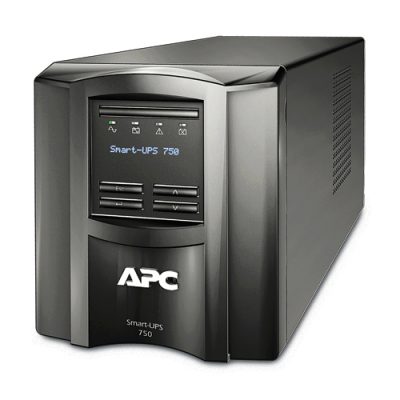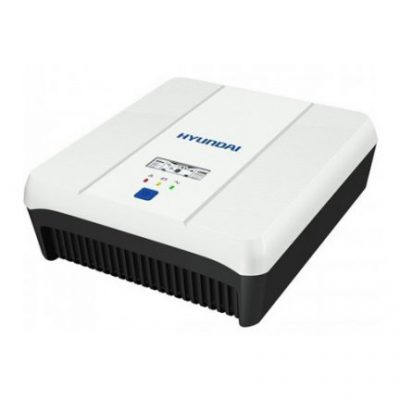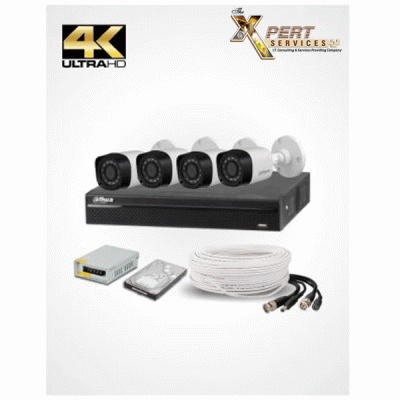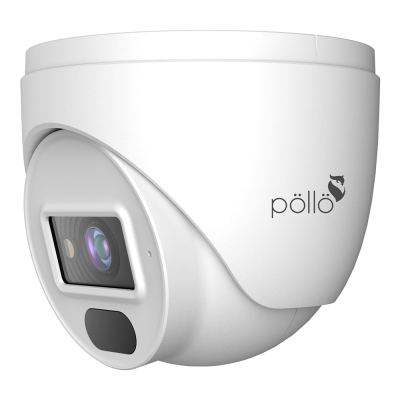
by Azhar Farooq | Oct 25, 2024 | Artificial Intelligence (AI)
Whoosh! 🚀 Just when everyone thought artificial intelligence couldn’t get any hotter, OpenAI turns up the heat with some exciting new capabilities.You may wonder, “What exactly are these new capabilities?Well, here are two important developments: GPTsDesigned to...

by Azhar Farooq | Oct 24, 2024 | Artificial Intelligence (AI)
ChatGPT has already taken the internet by storm with more than a billion global visitors. After the launch of GPT-4 and now ChatGPT having the ability to access the internet, its abilities have become endless. From small business owners and human resources to...

by Azhar Farooq | Oct 23, 2024 | Artificial Intelligence (AI)
Ever wanted to unleash your inner Tony Stark?Well, not exactly to create J.A.R.V.I.S., but a custom AI chatbot that knows the ins and outs of your business like the back of its digital hand.We’re talking about a super smart ChatGPT chatbot that impeccably understands...

by Azhar Farooq | Oct 23, 2024 | Artificial Intelligence (AI)
If you are looking for a Chatbase alternative, you know you can train ChatGPT on your own data and build a custom AI chatbot for your website.Gone are those days when talking to a chatbot felt like hitting a brick.With custom ChatGPT capabilities built into your AI...
![How to Create Custom GPTs? [Even without ChatGPT Plus] | The Xperts Pakistan](data:image/svg+xml;base64,PHN2ZyB4bWxucz0iaHR0cDovL3d3dy53My5vcmcvMjAwMC9zdmciIHdpZHRoPSIxMDgwIiBoZWlnaHQ9IjY3NSIgdmlld0JveD0iMCAwIDEwODAgNjc1Ij48cmVjdCB3aWR0aD0iMTAwJSIgaGVpZ2h0PSIxMDAlIiBmaWxsPSIjY2ZkNGRiIi8+PC9zdmc+)
by Azhar Farooq | Oct 22, 2024 | Artificial Intelligence (AI)
In 2023, OpenAI has spearheaded the development of Generative AI, with ChatGPT being one of its leading use cases. This development has also given rise to large language models such as GPT-3 and GPT-4. ChatGPT has seen vast use cases from answering simple questions...




![How to Create Custom GPTs? [Even without ChatGPT Plus] | The Xperts Pakistan](https://thexperts.pk/wp-content/uploads/2024/10/How-to-Create-Custom-GPTs-Even-without-ChatGPT-Plus.jpg)










